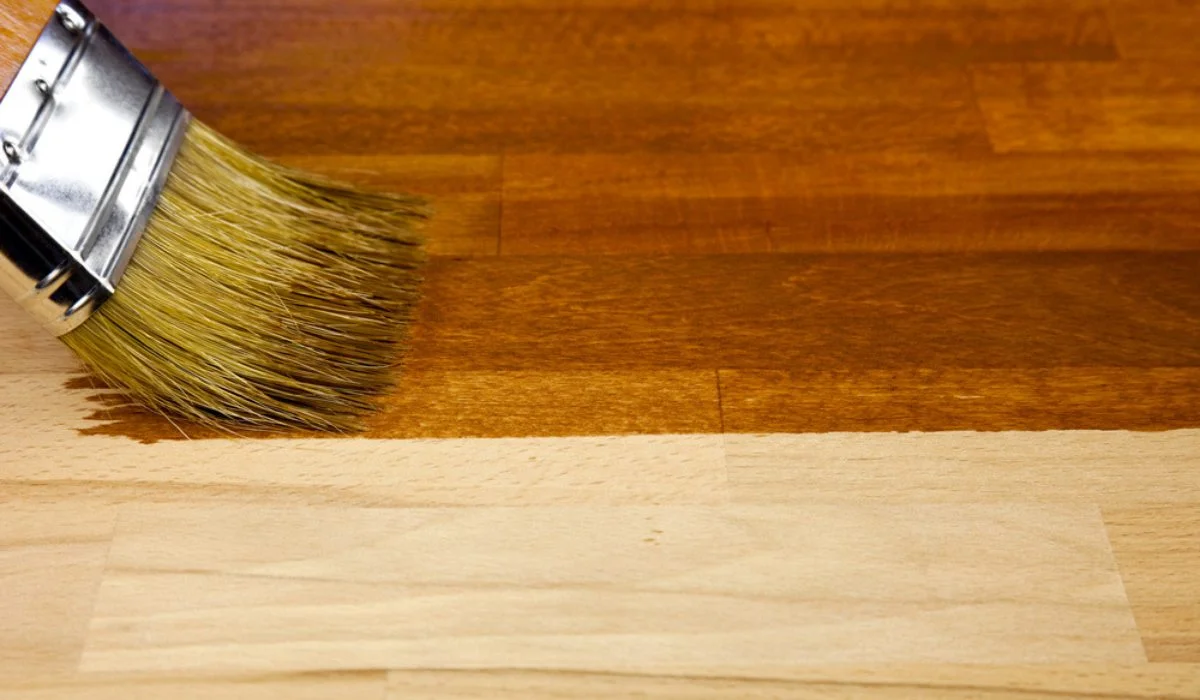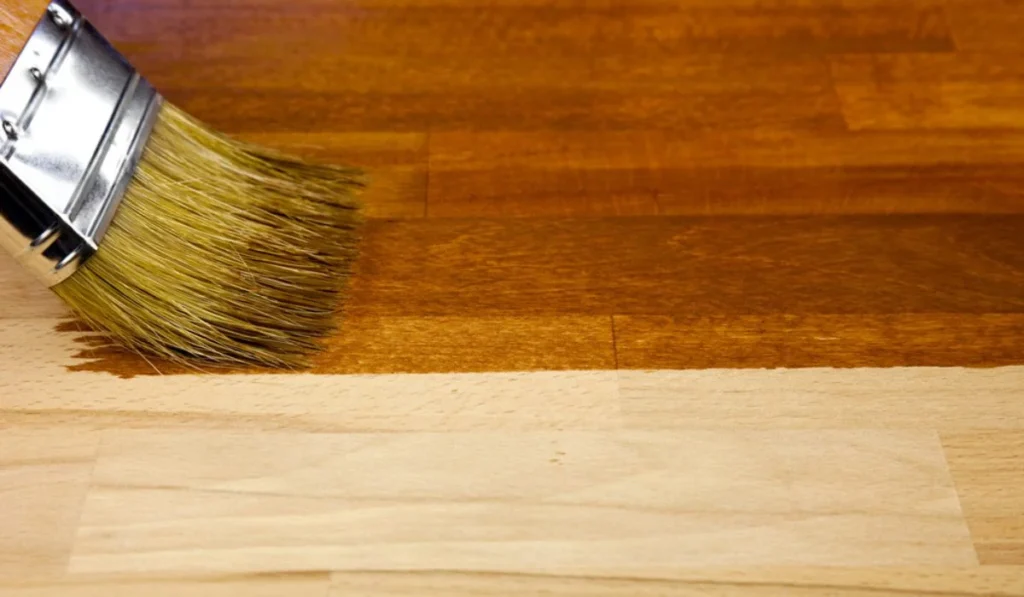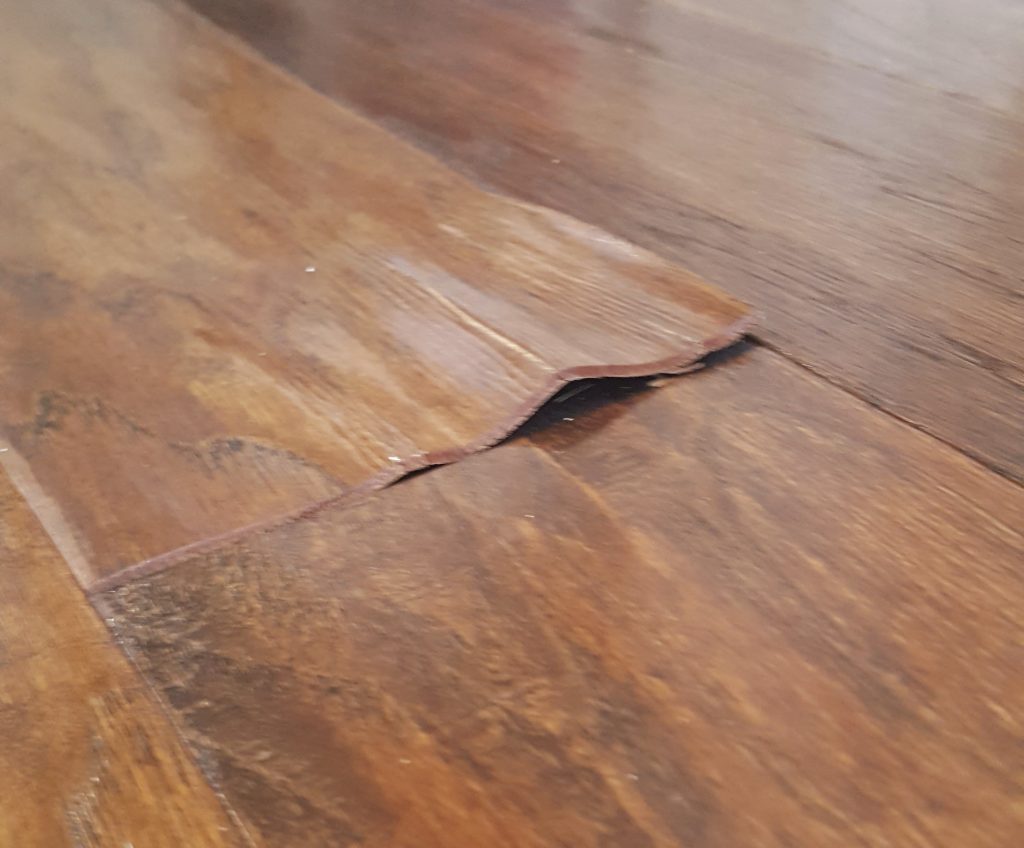

Whether you just got new floors and want to keep them looking new or you’re just starting to notice wear and tear here are some helpful tips:

Resilient flooring is a popular choice for many households and commercial spaces due to its durability and easy maintenance.
Regular Cleaning:
- Sweep or vacuum regularly to remove dirt and debris that can scratch the surface.
- Use a damp mop with a mild detergent or specialized floor cleaner to clean the floor. Avoid using abrasive cleaners or those containing harsh chemicals.
Avoid Excessive Water:
- While most resilient flooring is water-resistant, it’s still best to avoid excessive water exposure. Clean up spills promptly to prevent water from seeping between seams and causing damage.
Use Doormats:
- Place doormats at entrances to trap dirt and moisture from shoes, reducing the amount of debris that gets tracked onto the floor.
Furniture Pads:
- Attach felt or soft pads to the legs of furniture to prevent scratches or indentations on the flooring when moving or shifting furniture.
Avoid High Heels and Sharp Objects:
- High heels and sharp objects can cause damage to resilient flooring. Encourage people to remove their shoes or use heel caps or mats in areas with a high risk of damage.
Avoid Direct Sunlight:
- Prolonged exposure to direct sunlight can cause fading or discoloration of some types of resilient flooring. Use blinds, curtains, or UV-blocking window films to minimize this effect.
Protect Against Furniture Indentations:
- To prevent heavy furniture from leaving permanent indentations, periodically move furniture around or use furniture coasters or pads.
Avoid Harsh Chemicals:
- Avoid using harsh chemicals or abrasive cleaners, as they can damage the surface of the flooring. Stick to manufacturer-recommended cleaning products.
Repair Small Damages Promptly:
- If you notice any small scratches or gouges, address them promptly. Depending on the type of flooring, you may be able to use a repair kit or fillers provided by the manufacturer.
Use Area Rugs or Mats:
- In high-traffic areas or places where the floor is subject to extra wear, consider using area rugs or mats to provide an extra layer of protection.
Maintain Proper Humidity Levels:
- Extreme fluctuations in humidity can cause some resilient flooring materials to expand or contract. Keep humidity levels within the recommended range for your specific flooring type.
Follow Manufacturer’s Recommendations:
- Always follow the manufacturer’s guidelines for cleaning and maintenance. Different types of resilient flooring may have specific care instructions.
Remember that the specific care and maintenance requirements can vary depending on the type of resilient flooring you have (e.g., vinyl, linoleum, rubber, etc.). Always consult the manufacturer’s recommendations for the best practices for your particular flooring type.
-

Unveiling Unconventional
-

Flooring the Future
-

The Power of Color Harmony
-

Elevate Your Space

